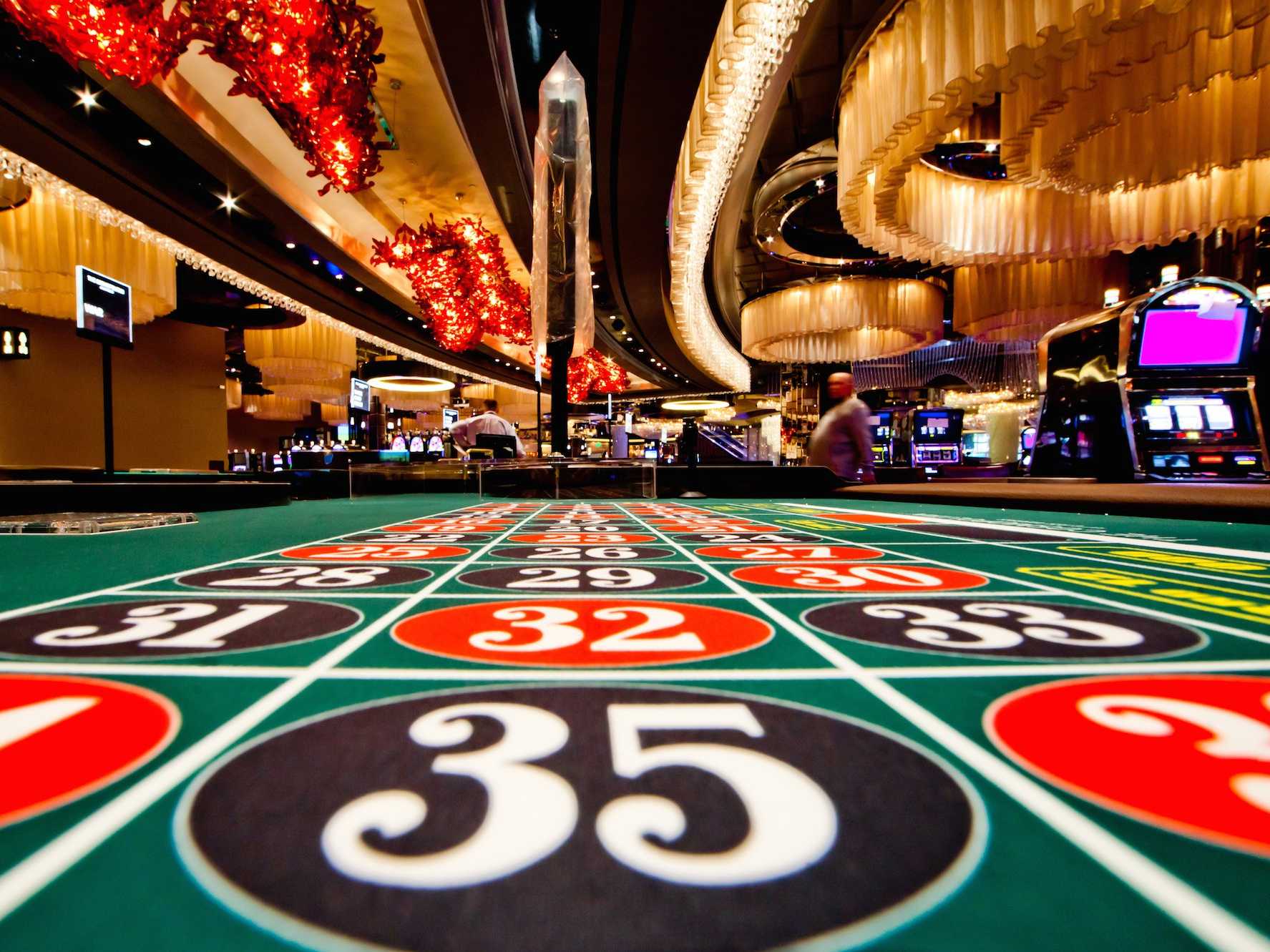Behind the Scenes: How Gambling Games Created
Beneath the glittering illuminations and the enticing sounds of spinning reels lies a dynamic realm in which creativity meets numbers: the creation of casino games. As players flock to gaming establishments seeking thrills and the possibility of winning big, a vast amount of effort takes place behind closed doors to create these games for their enjoyment. From the initial concept to the final product that players engage with, many elements come together to ensure an captivating play experience.
Creators, technicians, plus game creators collaborate to merge cutting-edge technology with enthralling gameplay features. Each aspect, from visuals plus audio elements to probabilities plus payouts, is meticulously crafted to attract players plus keep them engaged. Understanding this complex process of the way casino games are made reveals both the technical expertise involved but also the creative vision that brings these engaging experiences to life.
Casino Game Development Workflow
The design workflow begins with idea generation and concept development, where creators generate concepts for innovative casino games. This initial phase often includes pinpointing potential audiences and analyzing market trends. Designers consider factors like game mechanics, themes, and payout structures to develop an engaging experience. Teamwork between game designers, mathematicians, and artists is essential to guarantee a balanced concept.
Once a concept is chosen, the next stage entails prototyping and testing. Designers create a functional version of the game to evaluate its playability and mechanics. This allows for adjustments and refinements based on feedback from testers. Iteration is vital, as designers may navigate multiple rounds of testing to optimize gameplay balance and user experience. This phase is essential for identifying any possible issues before the game is finalized.
After testing, the game moves into development and production. This includes the technical aspects of coding the game software, integrating graphics, and ensuring compliance with gaming regulations. Quality assurance testing verifies that the game functions flawlessly across various platforms and devices. Once everything is refined, the game is prepared for launch, often accompanied by marketing strategies to draw in players and generate buzz around the new casino offering.
Tech and Advancement
The development of gambling games has evolved significantly with advancements in technology. Contemporary game design often includes high-quality graphics, immersive sound effects, and engaging animations that create a compelling experience for gamers. Ga179 Game developers use complex software tools and programming languages to create these interactive gaming experiences. Additionally, the use of random number generators ensures fairness and unpredictability in outcomes, which is essential for ensuring player trust and compliance with gaming regulations.
In recent years, the surge of online casinos has expanded the limits of game development even further. Developers are now able to design games that appeal to a global audience, incorporating features such as live dealers and VR environments. This transition has encouraged new ideas, leading to unique game mechanics and formats that enhance player engagement. Gaming on mobile devices has also become a significant focus, encouraging developers to tailor games for smartphones and tablets, ensuring availability and convenience for players on the go.
Collaboration among designers, artists, and math experts is essential in the development process. Each team brings their expertise to ensure games are not only aesthetically pleasing but also mathematically sound and enjoyable. The integration of player feedback during testing phases allows developers to refine game features and functionalities, ultimately leading to a successful launch. As technology continues to advance, the potential for innovative game concepts and experiences is unbounded, promising an thrilling future for casino games.

Evaluating and Quality Control
Once a casino game has been designed, it enters the critical phase of testing and quality control. This stage ensures that the game operates perfectly and provides a balanced experience for gamblers. Teams conduct comprehensive tests, including operational checks to confirm that all game features work as planned. Each element, from visuals to audio, is assessed to ensure high standards are met.
In addition to operational testing, the game entails thorough compliance checks to meet regulatory requirements. Various jurisdictions have specific regulations governing game fairness and player protection. Quality assurance teams will confirm that the random number generators are functioning correctly and that the game's payout percentages correspond with industry standards. This thorough examination helps establish trust with gamblers and oversight bodies alike.
Finally, user testing may be conducted with genuine players to obtain opinions on user experience. This crucial insight allows developers to implement necessary adjustments before the official launch. Addressing any potential issues identified during this phase helps ensure that players will enjoy a fluent, captivating experience when the game goes live. The commitment to excellence reflects the industry's dedication to delivering pleasant and dependable casino games.
